Recycled cotton & textile circularity
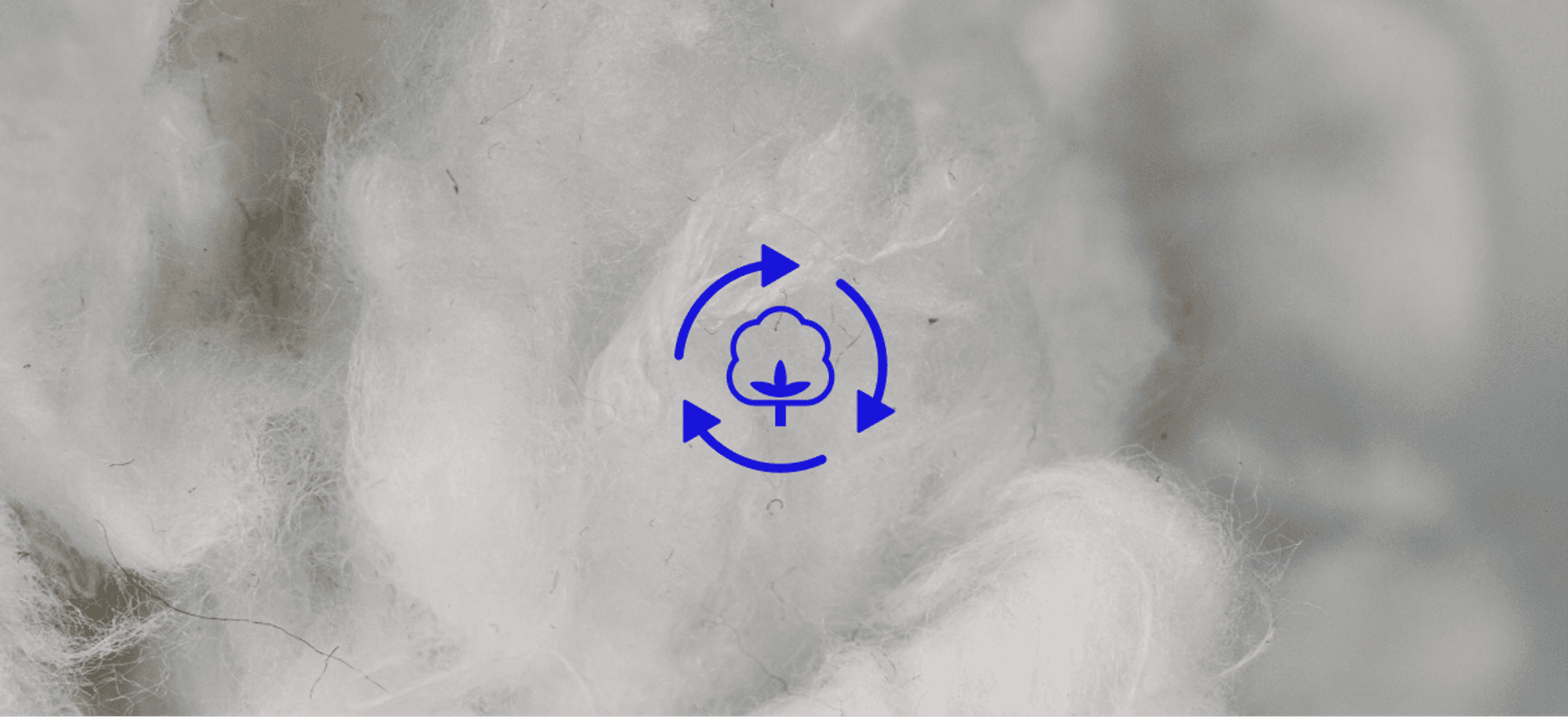
As businesses, brands, suppliers, manufacturers, and consumers move towards circularity, interest in sustainable materials like recycled cotton and recycled cotton blends has steadily grown. But what is recycled cotton? And how can it play a part in creating a sustainable, circular textile future?
- What is recycled cotton?
- Why use recycled cotton?
- How is cotton recycled?
- How many times can cotton be recycled?
- Recycled cotton vs recycled cotton blends
- Where can I buy recycled fiber clothing?
What is recycled cotton?
Recycled cotton is cotton fiber made by recycling either pre- or post-industrial, or post-consumer cotton textiles to create new textile products.
- Post-industrial: This is textile fabric waste from garment manufacturing, also called clips or scraps.
- Pre-consumer: These are finished garments that could not be sold or used. They might include default goods or overstock.
- Post-consumer: These are garments that have been worn and are deemed not suitable for re-use.
Textile waste can be recycled by:
- Mechanical recycling: a textile-to-textile low-impact mechanical process that transforms textile waste into usable recycled cotton fiber using the minimal amount of water or chemicals.
- Chemical recycling: a series of chemical processes that break the fibers down in order to make a new fiber.
Most recycled cotton is produced by mechanical recycling as it less intensive and has a lower carbon impact. While these processes, particularly mechanical recycling, are not new to the textile industry, they are now being highly valued as integral to creating a circular textiles future.
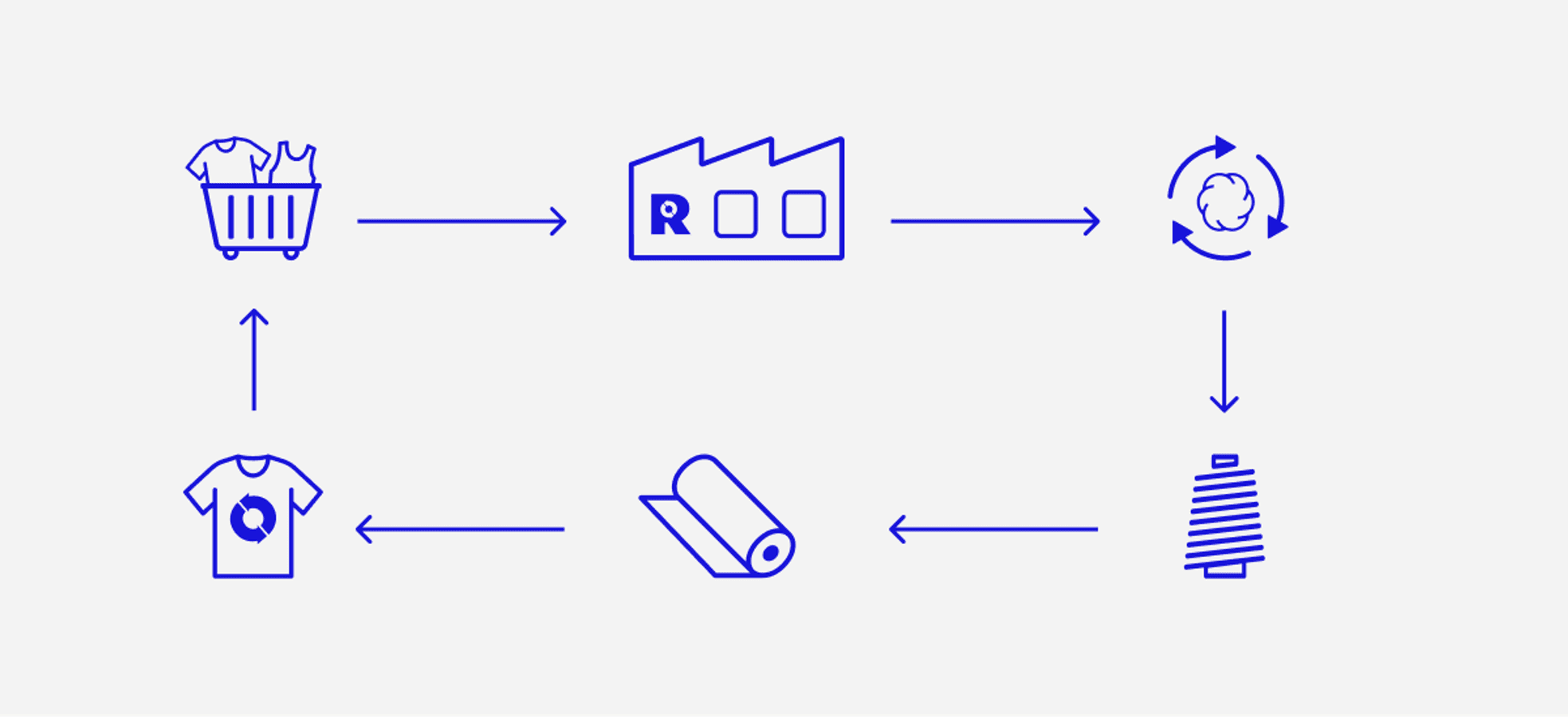
Why use recycled cotton?
The main benefit of recycled cotton is that it may be a more sustainable than other textiles. When we substitute recycled for conventional cotton, we offset the resources used to grow and treat virgin cotton – land, water, fertilizer, chemicals, carbon dioxide, etc.
These savings might include:
- Less textile waste in landfills
The textile industry is the world’s second greatest polluter, and an estimated 73-85% of the world’s clothing end up in landfills1. Recycling cotton diverts, and salvages, textile waste otherwise destined for landfills and supplies a growing demand.
- Less water
- Less land used
- Fewer potentially harmful chemicals
- Eliminates the resource-heavy dyeing process
As existing textiles are already treated and processed, there’s no need to use resources like land, water, fertilizers, and chemicals to grow new raw materials. Currently, chemicals used in the production processes for fibers and textiles, such as dyes or finishing treatments, account for around 43 million tons of non-renewable resources in total2 . Furthermore, as the textiles are already dyed, there’s no need to use harmful chemicals.
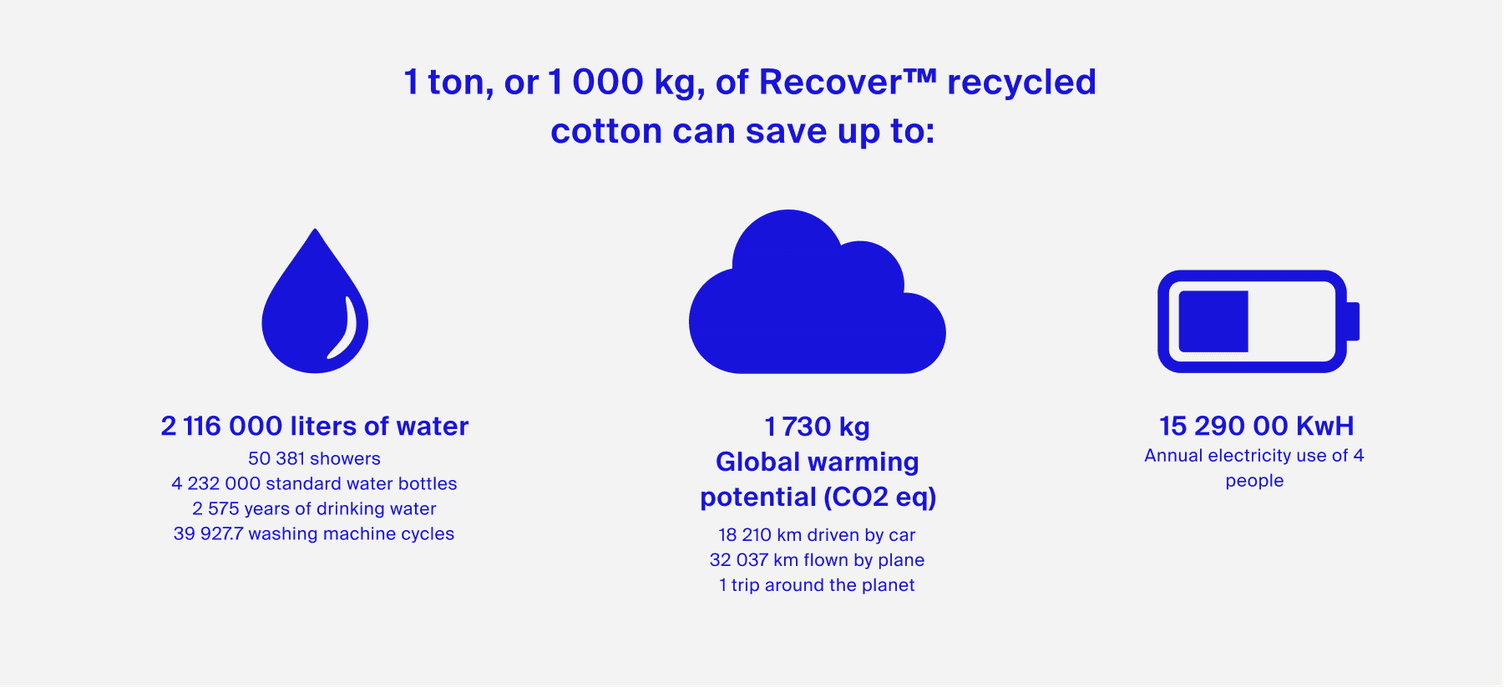
How is cotton recycled?
The mechanical recycling process is as follows:
- Textiles are sorted.
- Non-textile elements (buttons, zippers, etc.) are mechanically removed.
- The textiles are cut.
- The pieces are shredded to create the longest fiber possible.
- The fiber is spun into new yarns.
- The yarns are used to create new fabrics and products.
While mechanical recycling has a lower impact, over time, recycled fibers can lose some of their strength and length. This results in reduced end-product applicability. To extend the lifespan of recycled fibers, they can be paired with carrier fibers to ensure applicability.
How many times can cotton be recycled?
It depends on the particular process, but in general, cotton can retain its qualities through several recycling cycles. It is recommended, however, that it be paired with a carrier fiber to ensure the optimal quality and performance of the final product.
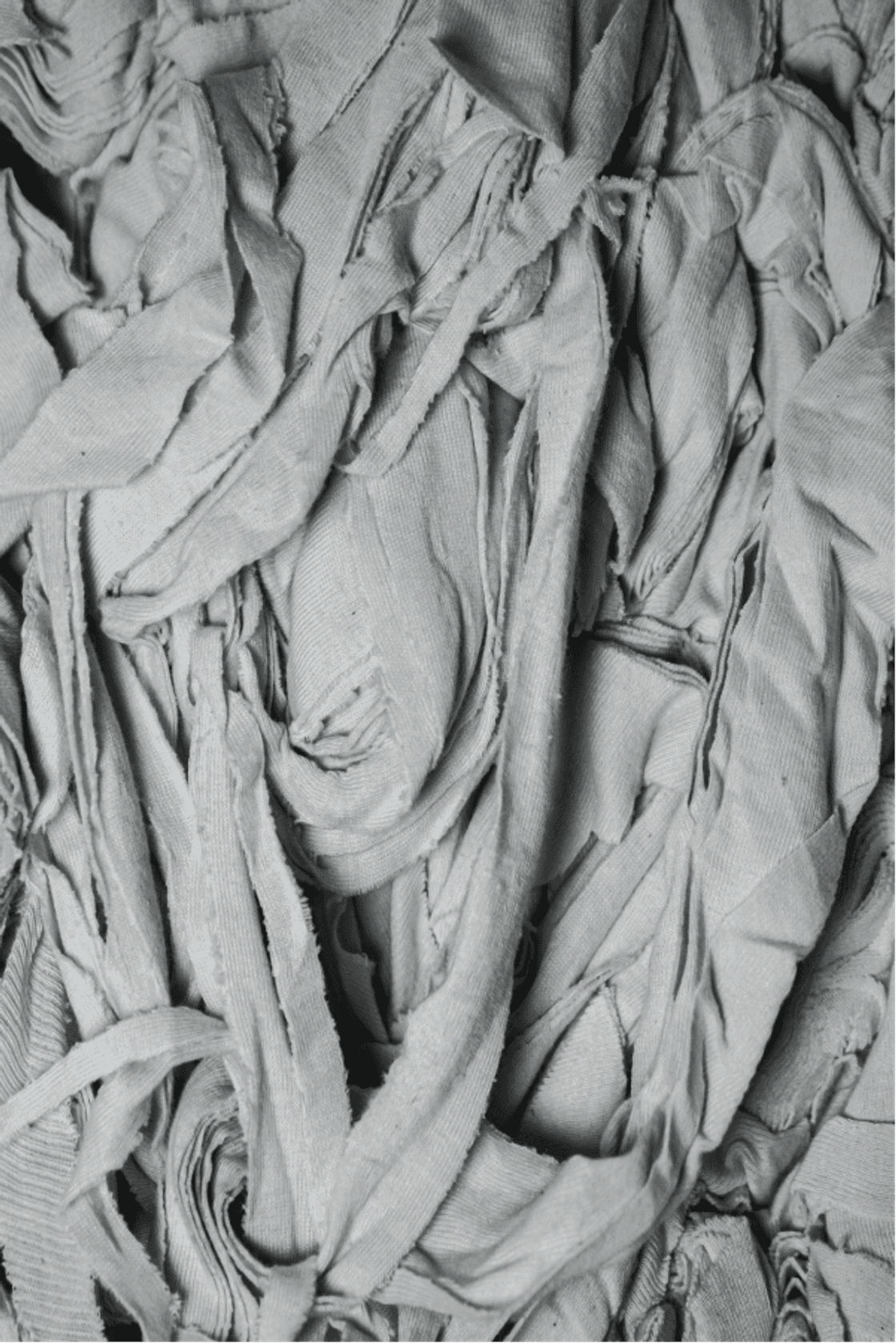
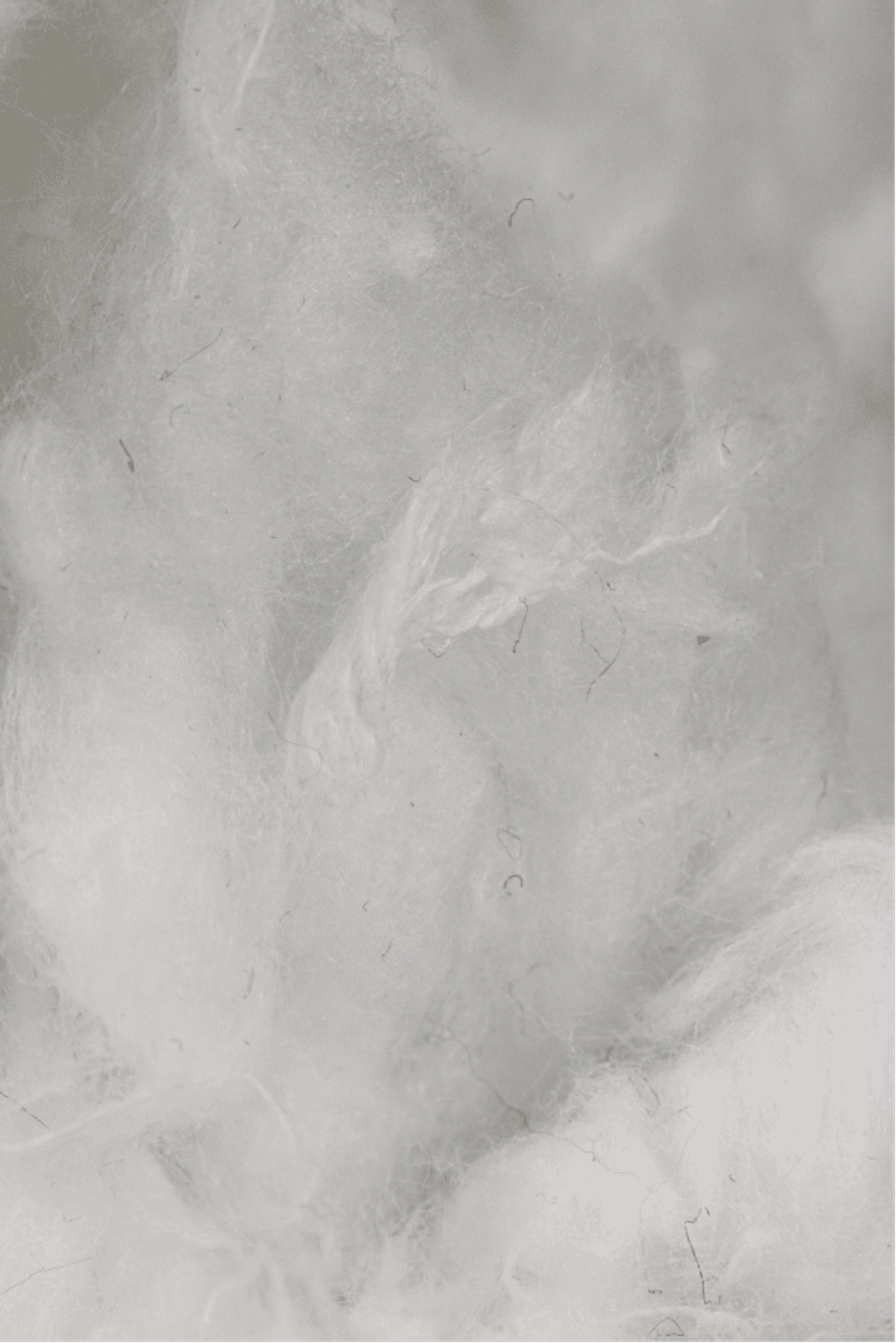
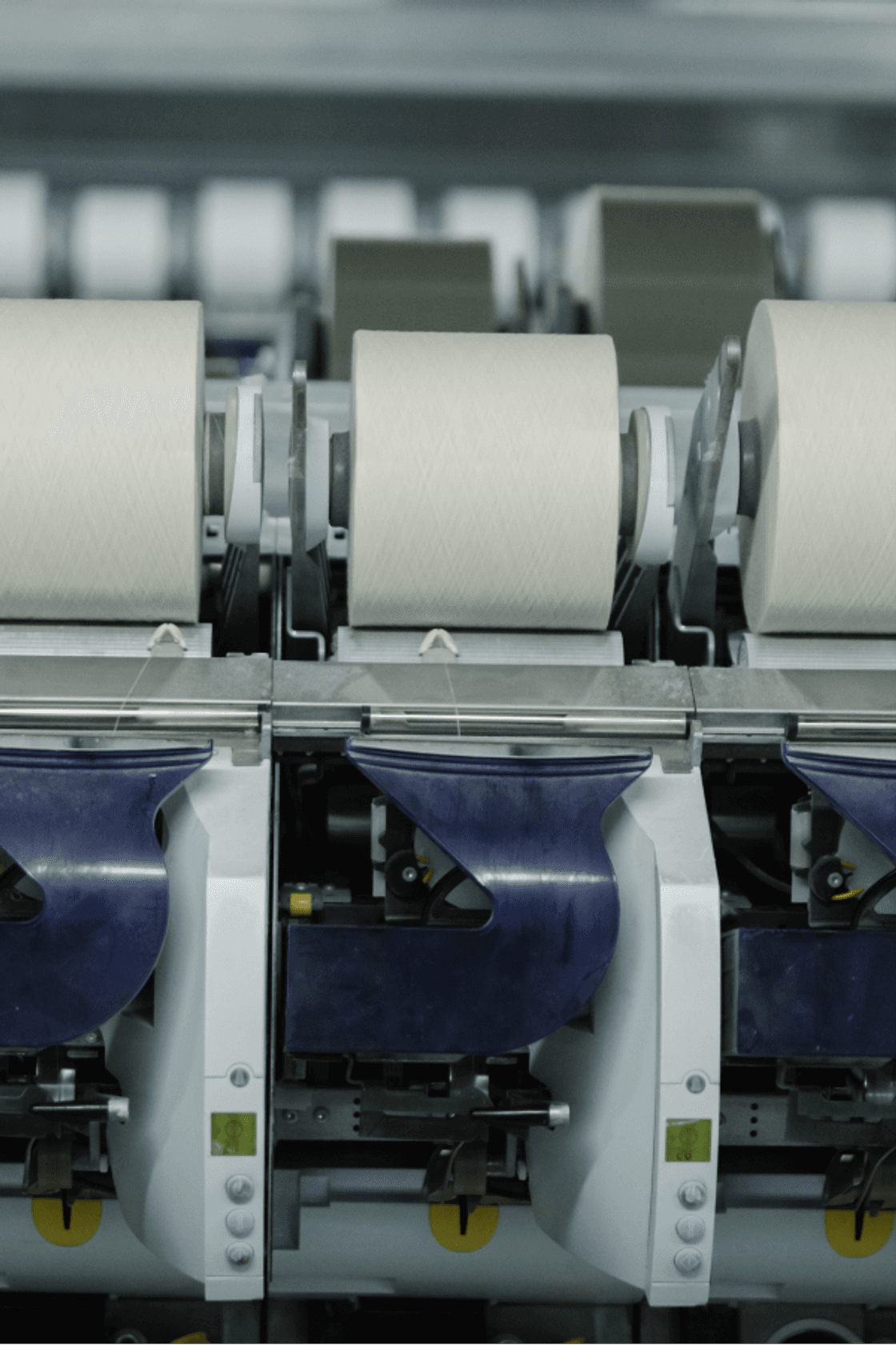
Recycled cotton vs recycled cotton blends
Recycled cotton is composed of 100% cotton fiber, whereas recycled cotton blends are made up of cotton and a carrier fiber like polyester, linen, or rayon among others. To ensure long-term recyclability and applicability, certain blends should be avoided.
For example, recycled fibers made from textiles with elastane content will have no spinning issues with heavy thread counts but could be problematic with fine thread counts. To optimize the recyclability of materials and products, elastane should be avoided.
Where can I buy recycled cotton clothing?
Consumers are increasingly more interested in clothing made with recycled cotton and recycled fiber blends. As regulation is still in the works, be sure to double check the tag before buying.
Greenwashing, both intentional and unintentional, is prevalent. Look for third-party certifications, transparency, and brand with science-based targets and goals.
There are resources like the Good on You app and the Fashion Transparency Index where consumers can see brands’ sustainability commitments, transparency, and impact. Backed by third-party-verified information, consumers can confidently vet included brands before buying recycled cotton clothing.
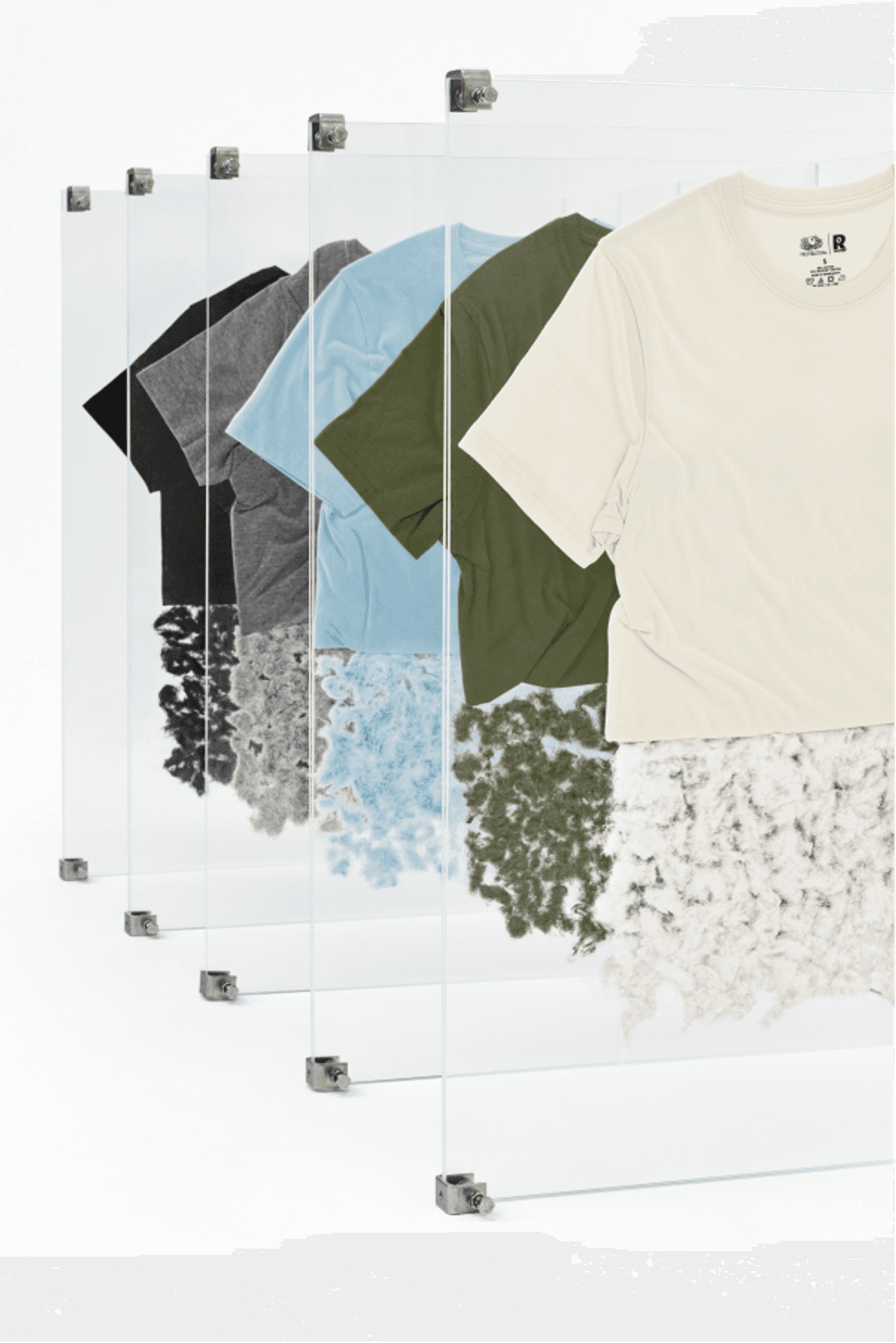
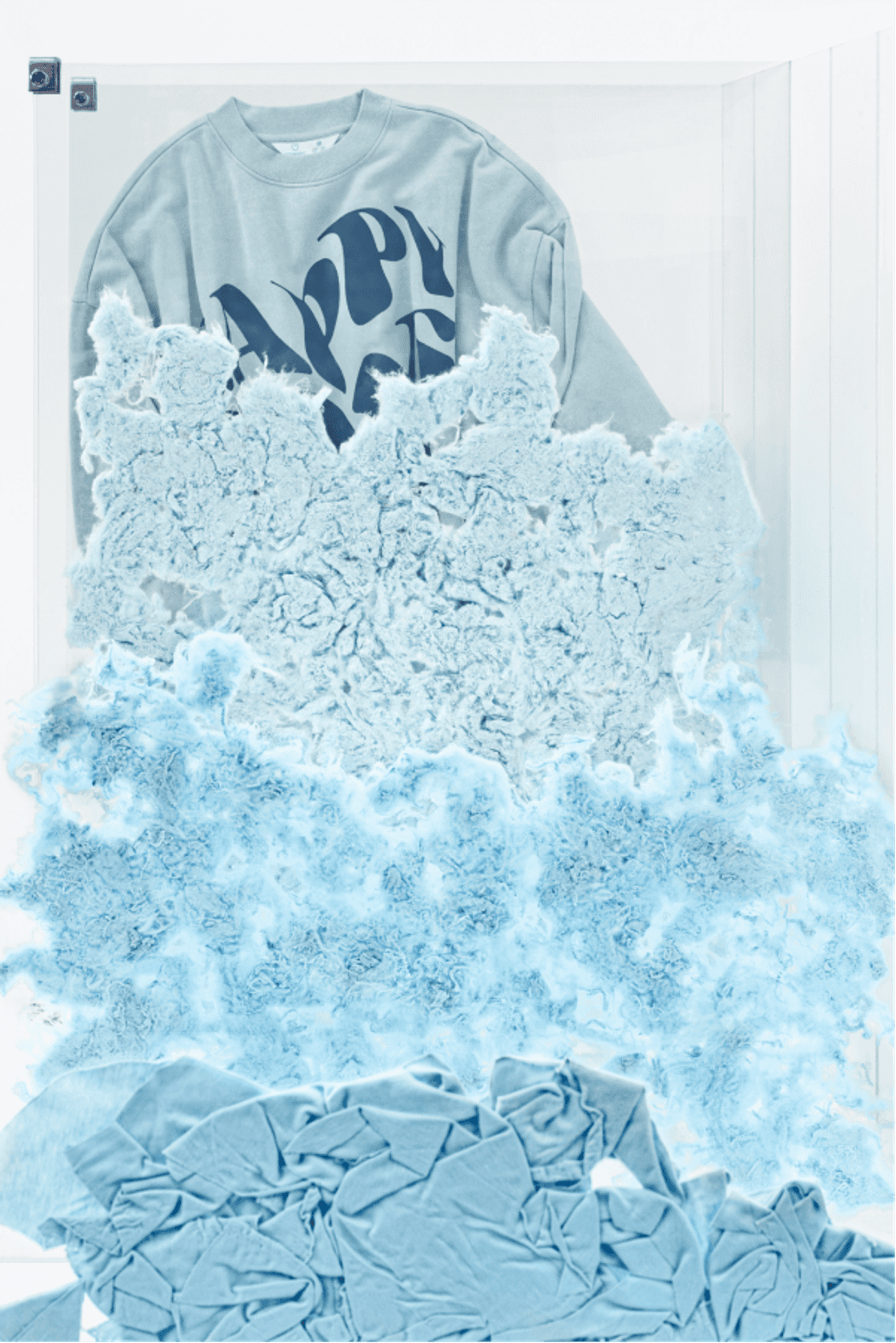
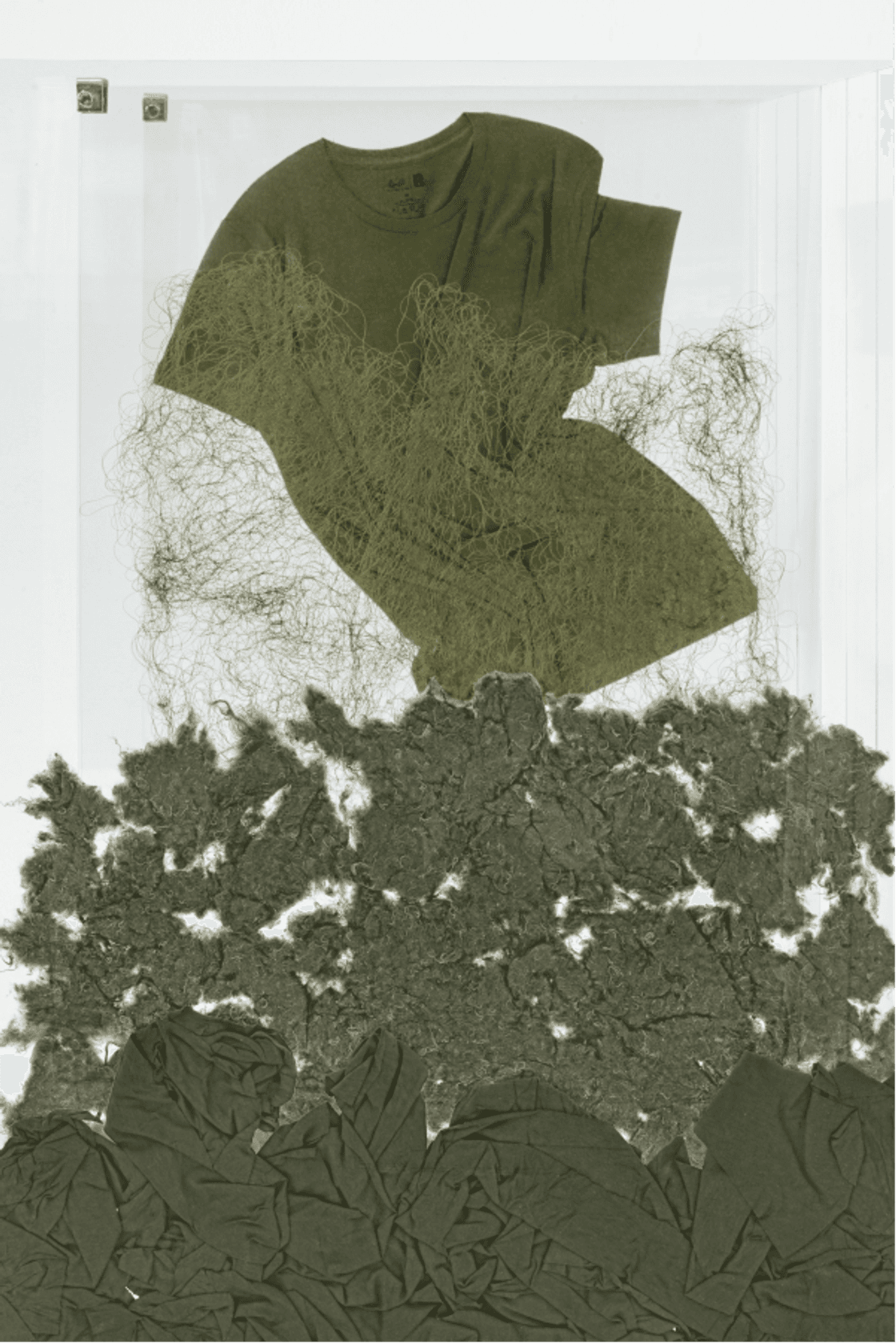
Sources
¹ Ellen Macarthur Foundation, WearNext / World Economic Forum: These facts show how unsustainable the fashion industry is
² EMF. A new textiles economy